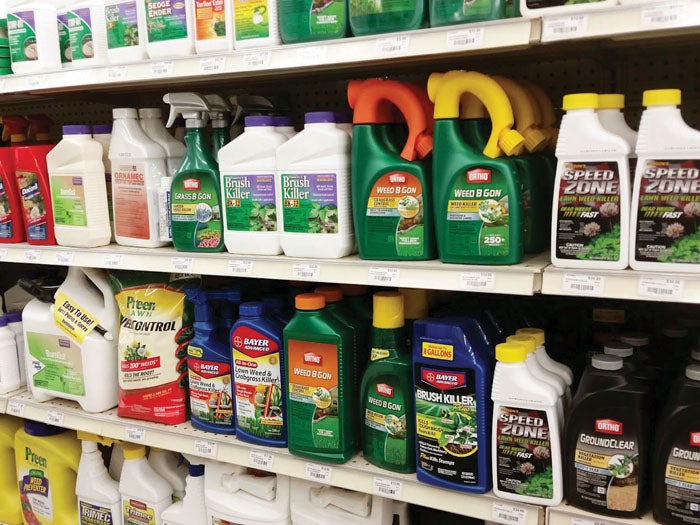Darrell Blackwelder: Continue maintenance for fescue lawns
Published 12:00 am Saturday, October 15, 2022

- Lawn care materials
Fescue lawns throughout the county have been fertilized and overseeded in September are growing well. Now is the time to continue with your lawn care as the newly emerging seedlings will continue to need attention during the upcoming fall months. Fall and early spring is fescue’s peak growing season and is best for continued maintenance. Those that have seeded and overseeded bare lawn areas need to consider mowing newly emerging grass seedlings. It is very important that mower blades are sharp to avoid potential damage to the tender leaf blades with dull blades. Mow newly emerging grass when it has reached a height of 4 inches. Set the deck and mow as high as possible, but no closer than 2 ½ to 3 inches. Closely mowing newly emerging seed damages and often kills weak and newly emerging seedlings. Emerging grass will a cover of straw mulch should be carefully removed with a leaf rake removing excess straw mulch before attempting to mow. Winter annual weeds are also taking advantage of the cool fall weather popping up in the lawn in both established and newly planted lawns. Broadleaf herbicides designed for cool season fescue lawns can be applied now, but make sure the grass is well established and healthy before your fall application. Broadleaf herbicides should only be applied after newly seeded areas are well established and carefully mowed at least 3 times to strengthen leaf blades.
Darrell Blackwelder is the retired horticulture agent and director with the North Carolina Cooperative Extension Service in Rowan County. Contact him at deblackw@ncsu.edu.


